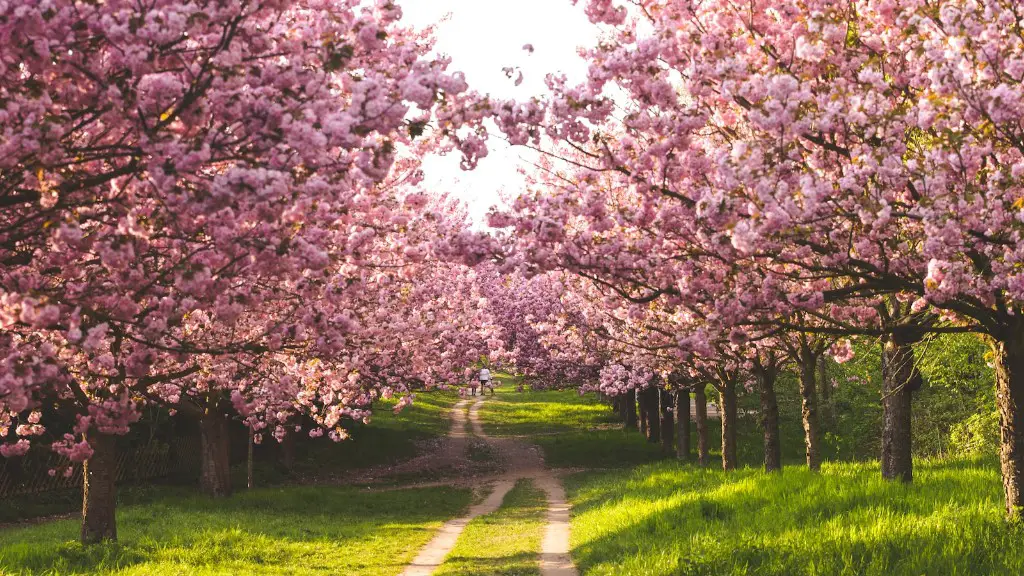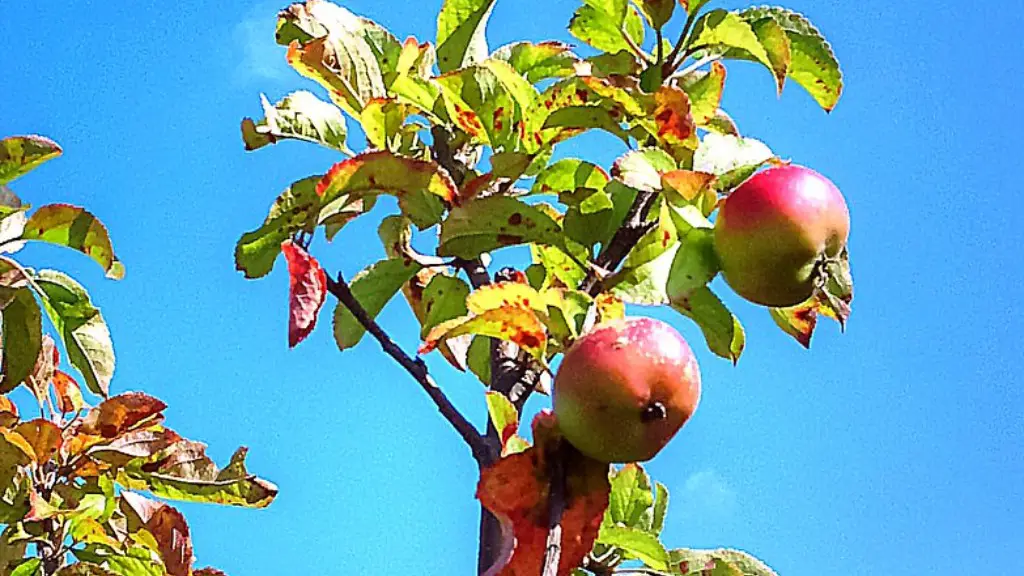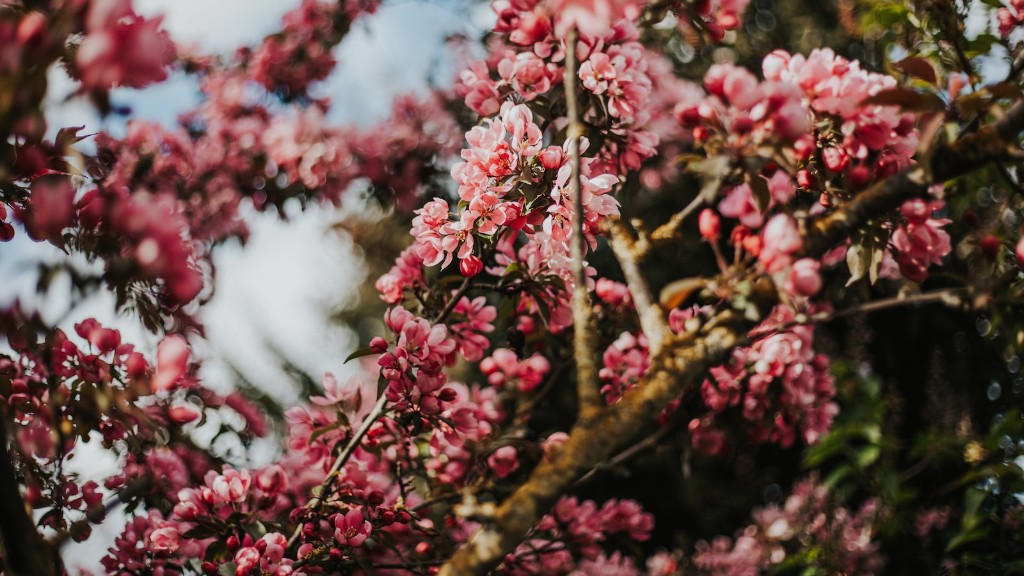What is killing my Cherry Tree?
When homeowners notice their cherry tree is dying, it can be disheartening and alarming. It is an unfortunate reality that several diseases and damaging insects can mean the demise of a beloved cherry tree. Understanding why your tree is in decline can help you diagnose the problem and determine the best course of action.
Fungal Diseases
Fungal diseases such as brown rot, powdery mildew or Eutypa dieback can cause the leaves, branches, and fruit of the cherry tree to decline. The combination of warm temperatures and wet weather can cause a cherry tree to suffer from more than one fungal diseases simultaneously. Brown rot refers to the discoloration of the fruit and leaves, and is caused by the fungus Monilinia laxa. Powdery mildew is caused by a fungus that develops on the leaves, affecting the entire tree. It is important to de-stress the tree by improving air circulation, pruning dead and diseased material, and fertilizing with a broad spectrum fungicide.
Insect Infestations
Insect infestations are a common cause of tree decline. The most common insect that affects cherry trees is the European cherry fruit fly. They lay their eggs inside the developing fruit and the emerging larvae feed on the flesh. These insects can cause fast-spreading damage to the tree due to their ability to reproduce quickly. Deep cultural practices like thinning are encouraged to promote air circulation and reduce the spread of disease or pests. In cases of severe infestations, certain insecticides can be used, but it is important to research and follow proper guidelines when using pest control.
Nutrient Deficiencies
Nutrient deficiencies in the soil, such as iron and micronutrient imbalance, can be suggested by yellowing of the leaves in cherry trees. It is important to inspect the soil pH balance, as this can cause root stress from excessive soil alkalinity. Foliar sprays of micro-nutrients in combination with a soil drench can help provide the necessary nutrients to the tree, and compost tea applications can also improve overall health.
Environmental Issues
Environmental impacts are often overlooked as a cause of cherry tree decline. Urban areas are particularly vulnerable to stressors such as soil compaction, root damage and pollutants. Poor drainage can cause root rot and soil compaction can decrease the tree’s ability to absorb the proper nutrients and water. Planting trees in areas that have plenty of air movement and receive full sun throughout the day can reduce the risk of disease and pests and provide the tree with the proper nutrients it needs.
Signs of Disease
Signs of disease can be seen in the leaves, branch, and fruit of the cherry tree. Fungal diseases often have discoloration, such as brown rot, or powdery mildew, while insect infestations can be seen in the form of galls or holes in the leaves. Nutrient deficiencies will appear as yellowing of the leaves, while environmental issues are usually diagnosed by a certified arborist through root or soil testing.
Expert Care
When diagnosing a diseased cherry tree, it is important to consult the advice of an arborist. Certified arborists are trained to recognize signs of stress and apply the proper treatments to diagnose and remedy the problem. This will prevent the homeowner from wasting money on incorrect treatments and reducing the chances of an improper use of chemicals, which can cause more harm than good to the tree, nearby plants, and animals.
Investigation & Care
When trying to revive a cherry tree it is important to continually monitor the tree and the surrounding area for signs of pests or fungal diseases. Investigating the entire tree for blemishes and discoloration can lead to the diagnose of a disease or pests. Regular pruning and elimination of dead and dying material can reduce the spread of disease and improve air circulation. Maintaining soil healthy soil with adequate water and fertilizers can promote root growth and defend the tree from environmental stress.
Evaluation & Monitoring
Regular monitoring and evaluation are important when reviving a cherry tree. Provider your cherry tree with routine fertilization and research preventative treatments that can be implemented to protect against disease and pests. Take note of the temperature, humidity, and rain in the area, as these conditions can affect the health of your cherry tree. Being aware of these environmental-specific factors can help you take the appropriate measures to ensure the wellbeing of your cherry tree.
Steps for Success
In order to revive a cherry tree, homeowners should inspect their trees regularly for signs of impending issues, such as fungal diseases and insects. Talk to an expert for guidance and advice on the best preventative maintenance and care for the tree. Improve the area by providing supplemental water and fertilizers, mulching, and improving air circulation through pruning techniques. Be aware of the environmental conditions and monitor for pest and disease outbreaks; taking proactive steps can lead to the successful revival of a cherry tree.


